2020/2021 AMERICAN LITERATURE M2 CIV
مخطط الموضوع
-
Contact Card
-

Teacher :Rebahi Khaoula
Contacts : .khawlarebahi@yahoo.fr
Tutor : Rebahi Khaoula
Contacts : khawlarebahi@yahoo.fr
Credit: 2
Coefficient :1
Number of required hours for this lesson : 15 hours
Number of required hours per week: 1h and 30 min
Assessment modality: diagnostic evaluation + formative evaluation + summative evaluation
Tutoring schedule: every Tuesday from 8 to 10
-
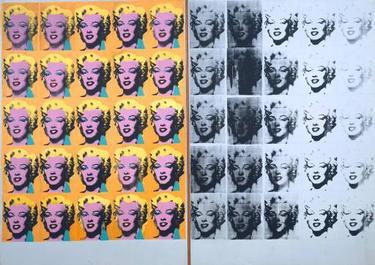
Postmodernism is the name given to the period of literary criticism that developed toward the end of the twentieth century. Just as the name implies, it is the period that comes after the modern period. But these are not easily separated into discrete units with specific dates as centuries or presidential terms are limited. Postmodernism came about as a reaction to the established modernist era, which itself was a reaction to the established tenets of the nineteenth century and before.
-
1. To assess and interpret the relationship between literary texts and their social and political context.
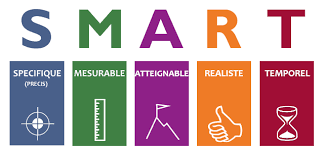 2. To recognise and discuss features of Postmodernist literary texts.
3. To compare and contrast Modernism and Postmodernism.
2. To recognise and discuss features of Postmodernist literary texts.
3. To compare and contrast Modernism and Postmodernism.
4. To evaluate examples of the Postmodernist novel.
5. To analyse and interpret postmodern/ contemporary works of literature ( novel, poem) -
This lecture is dedicated to students of second year Master (LMD) as part of "American Literature" module

-
Students should already know :

- What a literary movement is
- literary movements
- Fiction vs poetry
- literary genres and literary theory
-

-
المحادثة
-
الملف
-
 Leslie Marmon Silko was born in 1948 to a family whose ancestry includes Mexican, Laguna Indian, and European forebears. She has said that her writing has at its core “the attempt to identify what it is to be a half-breed or mixed-blood person.” As she grew up on the Laguna Pueblo Reservation, she learned the stories and culture of the Laguna people from her great-grandmother and other female relatives. After receiving her B. A. in English at the University of New Mexico, she enrolled in the University of New Mexico law school but completed only three semesters before deciding that writing and storytelling, not law, were the means by which she could best promote justice. She married John Silko in 1970. Prior to the writing of Ceremony, she published a series of short stories, including “The Man to Send Rain Clouds.” She also authored a volume of poetry, Laguna Woman: Poems, for which she received the Pushcart Prize for Poetry.
Leslie Marmon Silko was born in 1948 to a family whose ancestry includes Mexican, Laguna Indian, and European forebears. She has said that her writing has at its core “the attempt to identify what it is to be a half-breed or mixed-blood person.” As she grew up on the Laguna Pueblo Reservation, she learned the stories and culture of the Laguna people from her great-grandmother and other female relatives. After receiving her B. A. in English at the University of New Mexico, she enrolled in the University of New Mexico law school but completed only three semesters before deciding that writing and storytelling, not law, were the means by which she could best promote justice. She married John Silko in 1970. Prior to the writing of Ceremony, she published a series of short stories, including “The Man to Send Rain Clouds.” She also authored a volume of poetry, Laguna Woman: Poems, for which she received the Pushcart Prize for Poetry.In 1973, Silko moved to Ketchikan, Alaska, where she wrote Ceremony. Initially conceived as a comic story abut a mother’s attempts to keep her son, a war veteran, away from alcohol, Ceremony gradually transformed into an intricate meditation on mental disturbance, despair, and the power of stories and traditional culture as the keys to self-awareness and, eventually, emotional healing. Having battled depression herself while composing her novel, Silko was later to call her book “a ceremony for staying sane.” Silko has followed the critical success of Ceremony with a series of other novels, including Storyteller, Almanac for the Dead, and Gardens in the Dunes. Nevertheless, it was the singular achievement of Ceremony that first secured her a place among the first rank of Native American novelists. Leslie Marmon Silko now lives on a ranch near Tucson, Arizona
-
الملف
-
الملف
-
المحادثة
-
رابط إلكتروني
-
الملف
-
منتدى
-
-
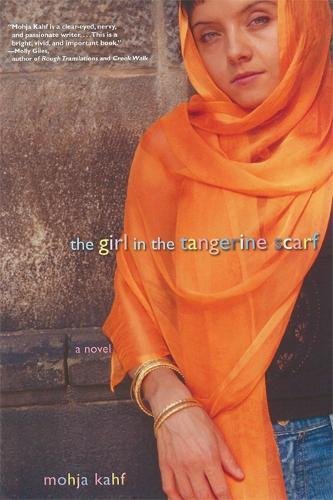 Writer and scholar Mohja Kahf was born in Damascus, Syria. Her family moved
to the United States in 1971, and Kahf grew up in the Midwest. She
earned a PhD in comparative literature from Rutgers University and is
the author of the poetry collections Hagar Poems (2016) and Emails from Scheherazad (2003) and the novel The Girl in the Tangerine Scarf (2006).
Writer and scholar Mohja Kahf was born in Damascus, Syria. Her family moved
to the United States in 1971, and Kahf grew up in the Midwest. She
earned a PhD in comparative literature from Rutgers University and is
the author of the poetry collections Hagar Poems (2016) and Emails from Scheherazad (2003) and the novel The Girl in the Tangerine Scarf (2006).
Kahf’s experiences growing up in the United States shaped her perceptions of the differences and similarities between the cultures of her home and adopted countries. Her poetry is an amalgam of both Syrian and American influences; Lisa Suhair Majaj commented in ArteNews that Kahf’s work “draws on American colloquialisms and Quranic suras; it is informed not only by American free verse … but also by a lush energy that draws on the heart of the Arabic oral tradition and Arabic poetry.” Kahf sometimes satirizes stereotypes about Muslim women—she has tackled hairstyles, sex, and clothing. In Emails from Scheherazad, she locates Scheherazad in 21st-century Hackensack, New Jersey. Majaj observed that Kahf “unsettles assumptions about Scheherazad while also emphasizing aspects of the traditional tale that often get overlooked in western portrayals.” Kahf has also written about the hardships of immigration; The Girl in the Tangerine Scarf depicts a Muslim girl’s coming of age in Indiana.
Kahf co-writes a column on sexuality for the website Muslim Wake Up. Her nonfiction work includes Western Representation of the Muslim Woman: From Termagant to Odalisque (1999). Kahf is a professor of English at the University of Arkansas.
-
الملف
-
الملف
-
الملف
-
الملف
-
المحادثة
-
-
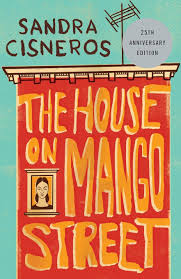
Sandra Cisneros is a poet, short story writer, novelist, essayist, performer, and artist whose work explores the lives of the working-class. Her numerous awards include NEA fellowships in both poetry and fiction, the Texas Medal of the Arts, a MacArthur Fellowship, several honorary doctorates and national and international book awards, including Chicago’s Fifth Star Award, the PEN Center USA Literary Award, the Fairfax Prize, and the National Medal of the Arts awarded to her by President Obama in 2016. Most recently, she received the Ford Foundation’s Art of Change Fellowship, was recognized among The Frederick Douglass 200, and won the PEN/Nabokov Award for international literature.
Her classic, coming-of-age novel, The House on Mango Street, has sold over six million copies, has been translated into over twenty languages, and is required reading in elementary, high school, and universities across the nation.
In addition to her writing, Cisneros has fostered the careers of many aspiring and emerging writers through two non-profits she founded: the Macondo Foundation, which celebrates its 25th anniversary in 2020, and the Alfredo Cisneros del Moral Foundation, which ran for fifteen years. She is also the organizer of Los MacArturos, Latino MacArthur fellows who are community activists. Her literary papers are preserved in Texas at the Wittliff Collections at Texas State University.
Sandra Cisneros is a dual citizen of the United States and Mexico and earns her living by her pen. She currently lives in San Miguel de Allende.
-
الملف
-
المحادثة
-
الملف
-
الملف
-
الملف
-
-
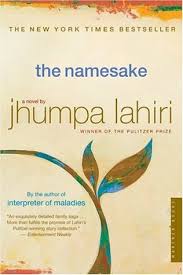
Nilanjana Sudeshna "Jhumpa" Lahiri[1] (born July 11, 1967) is an American author known for her short stories, novels and essays in English, and, more recently, in Italian.
Her debut collection of short-stories Interpreter of Maladies (1999) won the Pulitzer Prize for Fiction and the PEN/Hemingway Award, and her first novel, The Namesake (2003), was adapted into the popular film of the same name. Her second story collection Unaccustomed Earth (2008) won the Frank O'Connor International Short Story Award, while her second novel, The Lowland (2013), was a finalist for both the Man Booker Prize and the National Book Award for Fiction. In these works, Lahiri explored the Indian-immigrant experience in America. In 2011, Lahiri moved to Rome, Italy and has since then published two books of essays, and in 2019, published her first novel in Italian called Dove mi trovo and also compiled, edited and translated the Penguin Book of Italian Short Stories which consists of 40 Italian short stories written by 40 different Italian writers. She has also translated some of her own writings and those of other authors from Italian into English
-
الملف
-
المحادثة
-
الملف
-
الملف
-
-
-
الملف
-
